The automotive market continues to evolve as manufacturers strive to meet consumer demands for efficiency, performance, and innovation. Two notable contenders in the compact SUV segment are the Kia XCeed and the Toyota Yaris Cross. Both vehicles offer unique features and specifications, catering to different preferences while maintaining their appeal as practical family cars. This comparison will delve into their technical aspects and innovations to see how they stack up against one another.
Kia XCeed vs Toyota Yaris Cross – Differences & prices compared
Both models have their strengths – but which one suits you more?
Compare performance, efficiency, price and space directly: Kia XCeed or Toyota Yaris Cross?
Engine Performance and Efficiency
The Kia XCeed boasts a selection of petrol engines, with power outputs ranging from 100 to 140 HP. It offers a choice between manual and automatic transmissions, enabling an engaging driving experience. The 1.0-liter three-cylinder engine delivers adequate power while maintaining competitive fuel consumption figures of around 6.3 to 6.5 L/100km.
On the other hand, the Toyota Yaris Cross employs a full hybrid powertrain, providing a total of 116 to 130 HP. The hybrid system not only enhances performance but also delivers impressive fuel efficiency, averaging between 4.5 and 4.8 L/100km. The absence of a manual transmission option might deter some enthusiasts, but the continuously variable transmission (CVT) allows for smooth acceleration and deceleration.
Acceleration and Speed
In terms of acceleration, the Kia XCeed showcases figures that vary from 10.2 to 13.4 seconds for the 0-100 km/h sprint, depending on the engine variant. Its top speed ranges between 174 km/h and 195 km/h, presenting a solid performance for daily commutes or longer journeys.
The Yaris Cross offers a slightly quicker edge, particularly with its more powerful hybrid options, achieving 0-100 km/h between 10.7 and 11.3 seconds. Although its maximum speed is limited to 170 km/h, the hybrid drivetrain compensates with lower emissions and fuel savings during city driving.
Dimensions and Interior Space
When it comes to size, the Kia XCeed stands at 4,395 mm in length, 1,826 mm in width, and 1,495 mm in height, presenting a sporty SUV silhouette. With five seats and a trunk capacity of 426 liters, it offers sufficient space for families and weekend getaways.
Conversely, the Toyota Yaris Cross measures 4,180 mm in length, 1,765 mm in width, and 1,595 mm in height. While it has a slightly smaller trunk capacity, ranging from 320 to 397 liters, it compensates with a more upright design that enhances cabin space and headroom.
Safety Features and Technology Innovations
Both vehicles are equipped with a range of safety features designed to protect passengers. The Kia XCeed offers several advanced driver assistance systems (ADAS) such as lane keeping assist, adaptive cruise control, and collision avoidance systems. Additionally, the latest model includes digital displays and connectivity options, enhancing the overall driving experience.
In the case of the Toyota Yaris Cross, safety also takes center stage with Toyota’s Safety Sense package, which includes pedestrian detection, automatic high beams, and lane tracing assist. The vehicle is known for its reliability and secure ride, thanks in part to its well-designed chassis and stability control systems.
Conclusion: Choosing Between the XCeed and Yaris Cross
Ultimately, the choice between the Kia XCeed and the Toyota Yaris Cross comes down to personal preference and individual lifestyle needs. The XCeed appeals to those who favor a sportier drive with a potent petrol engine, while the Yaris Cross shines for eco-conscious drivers seeking efficiency with its hybrid technology. Both models embody innovation and practicality, ensuring they remain strong competitors in the compact SUV market.
Here’s where it gets real: The technical differences in detail
Costs and Efficiency:
Price and efficiency are key factors when choosing a car – and this is often where the real differences emerge.
Kia XCeed has a minimal advantage in terms of price – it starts at 23100 £, while the Toyota Yaris Cross costs 23700 £. That’s a price difference of around 557 £.
Fuel consumption also shows a difference: Toyota Yaris Cross manages with 4.50 L and is therefore clearly more efficient than the Kia XCeed with 6.40 L. The difference is about 1.90 L per 100 km.
Engine and Performance:
Power, torque and acceleration are the classic benchmarks for car enthusiasts – and here, some clear differences start to show.
When it comes to engine power, the Kia XCeed has a clearly perceptible edge – offering 180 HP compared to 130 HP. That’s roughly 50 HP more horsepower.
In acceleration from 0 to 100 km/h, the Kia XCeed is noticeable quicker – completing the sprint in 8.50 s, while the Toyota Yaris Cross takes 10.70 s. That’s about 2.20 s faster.
In terms of top speed, the Kia XCeed performs somewhat better – reaching 210 km/h, while the Toyota Yaris Cross tops out at 170 km/h. The difference is around 40 km/h.
Space and Everyday Use:
Whether family car or daily driver – which one offers more room, flexibility and comfort?
Both vehicles offer seating for 5 people.
In curb weight, Toyota Yaris Cross is slightly lighter – 1180 kg compared to 1351 kg. The difference is around 171 kg.
In terms of boot space, the Kia XCeed offers slight more room – 426 L compared to 397 L. That’s a difference of about 29 L.
In maximum load capacity, the Kia XCeed performs noticeable better – up to 1378 L, which is about 281 L more than the Toyota Yaris Cross.
When it comes to payload, Toyota Yaris Cross minimal takes the win – 510 kg compared to 479 kg. That’s a difference of about 31 kg.
Who comes out on top?
Overall, the Kia XCeed shows itself to be wins the duel decisively and secures the title of DriveDuel Champion.
It convinces with the more balanced overall package and proves to be the more versatile choice for everyday use.
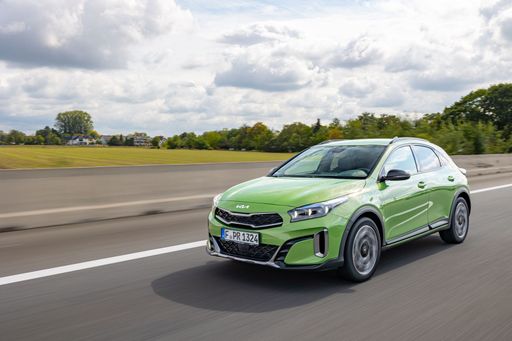 @ Kia Corporation
@ Kia Corporation
Kia XCeed
Kia XCeed
The Kia XCeed offers a stylish and modern design, blending the sportiness of a coupé with the practicality of an SUV. Its interior is well-crafted, featuring high-quality materials and a range of advanced technology to enhance the driving experience. With an emphasis on comfort and efficiency, the XCeed provides a compelling option for those seeking a versatile and dynamic vehicle.
details @ Kia Corporation
@ Kia Corporation
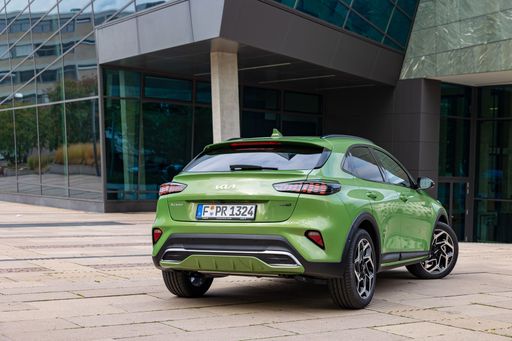 @ Kia Corporation
@ Kia Corporation
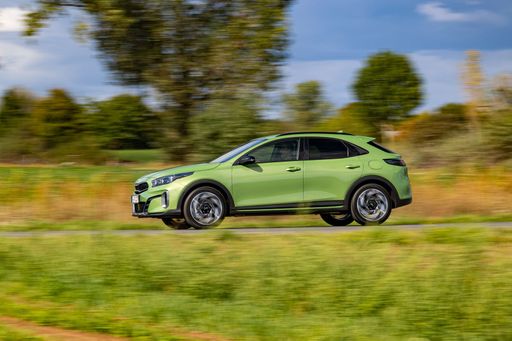 @ Kia Corporation
@ Kia Corporation
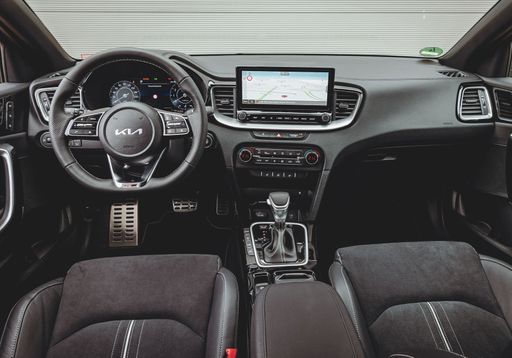 @ Kia Corporation
@ Kia Corporation
Toyota Yaris Cross
The Toyota Yaris Cross takes the jaunty personality of the Yaris and gives it a taller stance and a bit more practicality, so you get city-friendly agility with added SUV presence. It’s easy to live with, economical on the daily grind, and smartly packaged — a sensible pick for buyers who want fuss-free transport with a touch of character.
details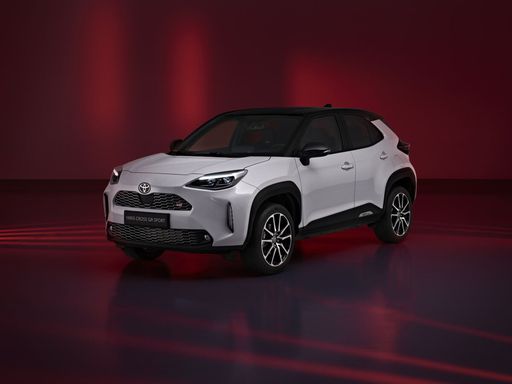 @ Toyota Motor Corporation
@ Toyota Motor Corporation
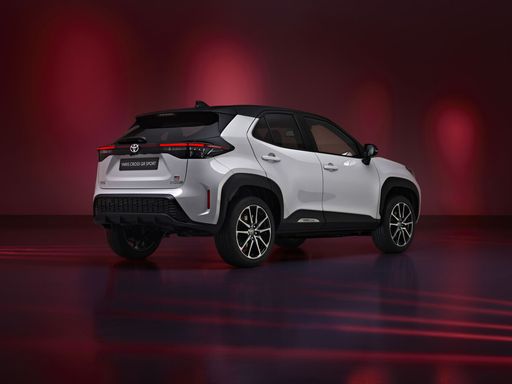 @ Toyota Motor Corporation
@ Toyota Motor Corporation
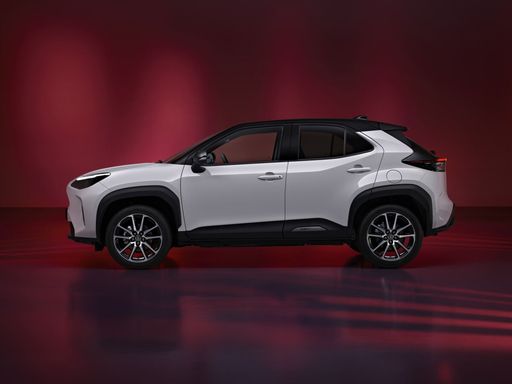 @ Toyota Motor Corporation
@ Toyota Motor Corporation
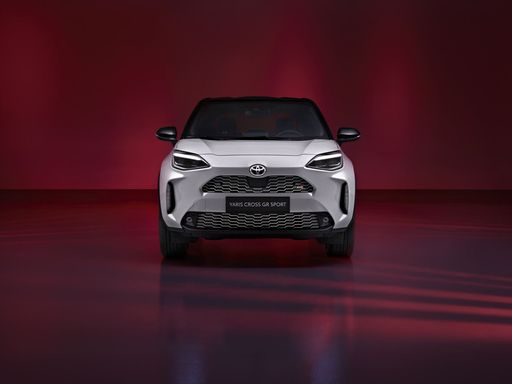 @ Toyota Motor Corporation
@ Toyota Motor Corporation
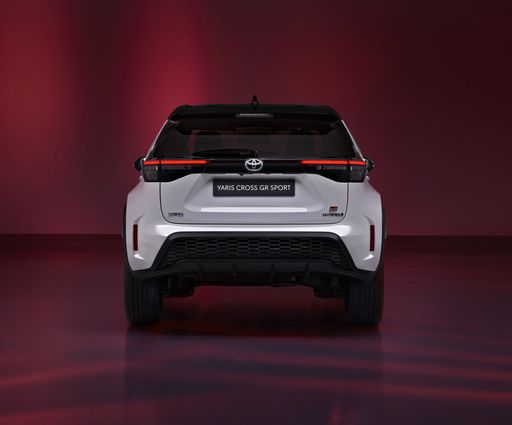 @ Toyota Motor Corporation
@ Toyota Motor Corporation
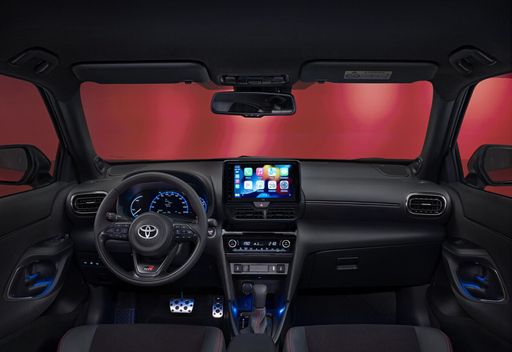 @ Toyota Motor Corporation
@ Toyota Motor Corporation
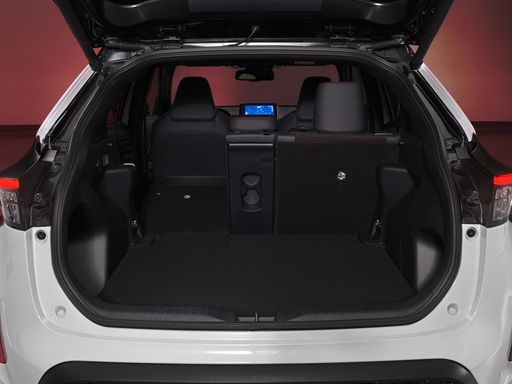 @ Toyota Motor Corporation
@ Toyota Motor Corporation
 @ Kia Corporation
@ Kia Corporation
|
 @ Toyota Motor Corporation
@ Toyota Motor Corporation
|
|
|
|
Costs and Consumption |
|
|---|---|
|
Price
23100 - 33000 £
|
Price
23700 - 34300 £
|
|
Consumption L/100km
6.4 - 6.8 L
|
Consumption L/100km
4.5 - 4.8 L
|
|
Consumption kWh/100km
-
|
Consumption kWh/100km
-
|
|
Electric Range
-
|
Electric Range
-
|
|
Battery Capacity
-
|
Battery Capacity
-
|
|
co2
144 - 155 g/km
|
co2
101 - 108 g/km
|
|
Fuel tank capacity
50 L
|
Fuel tank capacity
36 L
|
Dimensions and Body |
|
|---|---|
|
Body Type
SUV
|
Body Type
SUV
|
|
Seats
5
|
Seats
5
|
|
Doors
5
|
Doors
5
|
|
Curb weight
1351 - 1419 kg
|
Curb weight
1180 - 1290 kg
|
|
Trunk capacity
426 L
|
Trunk capacity
320 - 397 L
|
|
Length
4395 mm
|
Length
4180 mm
|
|
Width
1826 mm
|
Width
1765 mm
|
|
Height
1483 - 1495 mm
|
Height
1595 mm
|
|
Max trunk capacity
1378 L
|
Max trunk capacity
1097 L
|
|
Payload
471 - 479 kg
|
Payload
485 - 510 kg
|
Engine and Performance |
|
|---|---|
|
Engine Type
Petrol
|
Engine Type
Full Hybrid
|
|
Transmission
Manuel, Automatic
|
Transmission
Automatic
|
|
Transmission Detail
Manual Gearbox, Dual-Clutch Automatic
|
Transmission Detail
CVT
|
|
Drive Type
Front-Wheel Drive
|
Drive Type
Front-Wheel Drive, All-Wheel Drive
|
|
Power HP
115 - 180 HP
|
Power HP
116 - 130 HP
|
|
Acceleration 0-100km/h
8.5 - 11.7 s
|
Acceleration 0-100km/h
10.7 - 11.3 s
|
|
Max Speed
182 - 210 km/h
|
Max Speed
170 km/h
|
|
Torque
200 - 265 Nm
|
Torque
-
|
|
Number of Cylinders
3 - 4
|
Number of Cylinders
3
|
|
Power kW
85 - 132 kW
|
Power kW
85 - 96 kW
|
|
Engine capacity
998 - 1598 cm3
|
Engine capacity
1490 cm3
|
General |
|
|---|---|
|
Model Year
2025
|
Model Year
2024 - 2025
|
|
CO2 Efficiency Class
E
|
CO2 Efficiency Class
C
|
|
Brand
Kia
|
Brand
Toyota
|
Is the Kia XCeed offered with different drivetrains?
The Kia XCeed is available as Front-Wheel Drive.
The prices and data displayed are estimates based on German list prices and may vary by country. This information is not legally binding.
